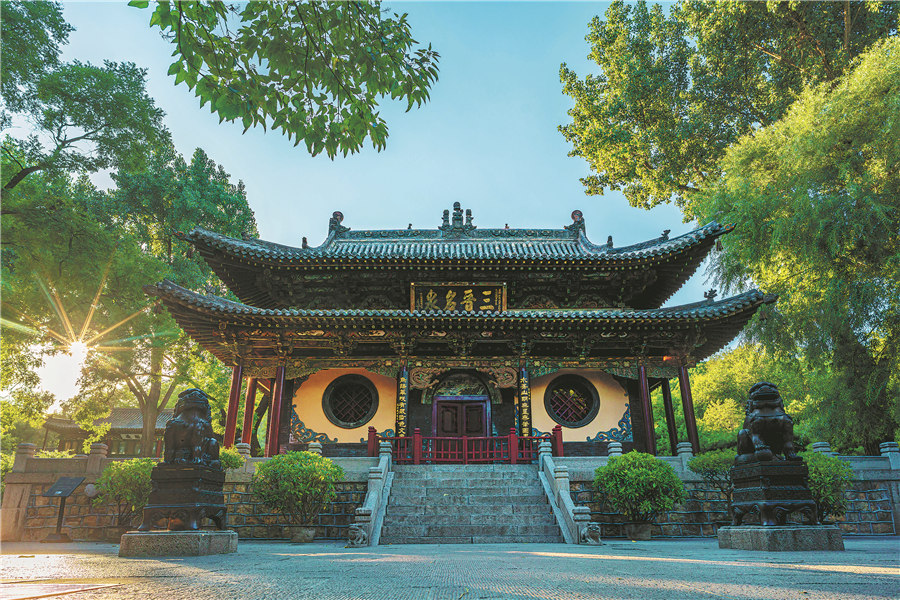

Success of Black Myth: Wukong spurs sharp rise in tourist visits to province
On Aug 20, the highly anticipated Black Myth: Wukong — A Chinese self-developed AAA game — made its domestic and global debut, immediately becoming a hit in the industry.
Notably, the game has also sparked interest in Chinese culture, as it is deeply rooted in Chinese mythology and inspired by the legends of the Monkey King — or Sun Wukong — in Journey to the West, a Chinese classic novel that has been represented in numerous films, TV shows and cartoons.
Black Myth: Wukong is a followup to or a recreation of the novel. With the game, players control a young monkey who, inspired by the legend, decides to follow Wukong's footsteps to the West, overcoming various difficulties and trials, ultimately achieving success, according to the players' own actions.
Another distinguishing characteristic of the game is that its art design has taken inspiration from ancient Chinese architecture and other traditional cultural elements.
This cultural feature of the game has resulted in additional benefits outside the game industry, arousing fervent enthusiasm from netizens to experience the Chinese cultural heritage displayed in the game. Thus, according to Chinese media reports, it has generated a new touring option — following in the footsteps of Wukong to see the Chinese cultural attractions.
Shanxi is no doubt one of the biggest beneficiaries of this cultural tourism boom as the North China province boasts the largest number of locations where the game takes place.
Of the 36 scenic spots featured in the game, 27 are located in Shanxi, according to Shanxi's cultural and tourism officials.
Shanxi's landmark sites of ancient buildings, like Foguang Temple, Nanchan Temple and Jinge Temple in Xinzhou; Xuankong Temple in Datong; Shuanglin Temple in Jinzhong, Chongfu Temple in Shuozhou; and Yuhuang Temple in Jincheng, are the standout settings of the game.